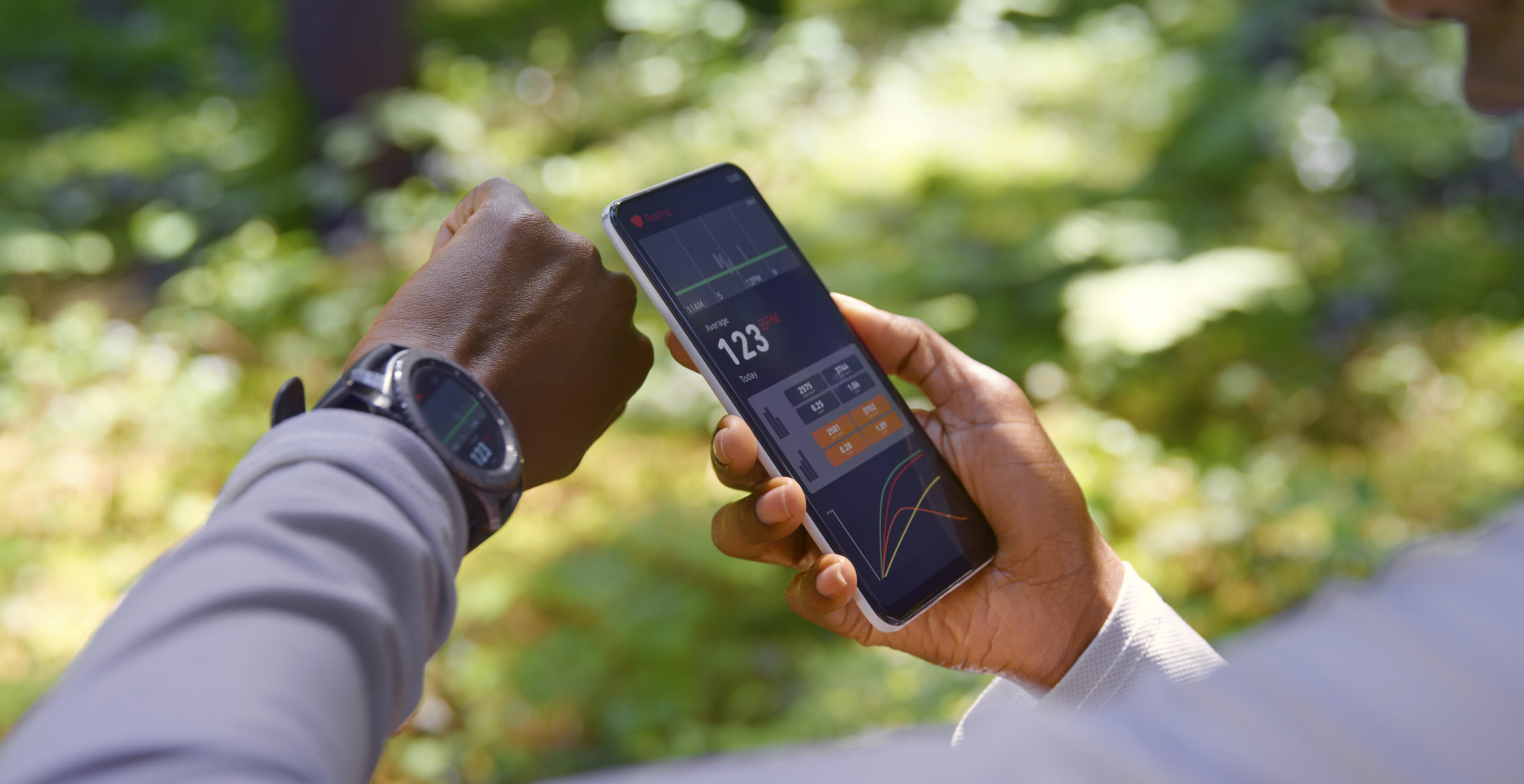
Case Study
The future of medicine is today’s data
The Challenge
Telehealth usage has soared in recent years, as new technologies allow nurses to monitor patients remotely as they recover at home. Tablet, wearable, and Bluetooth devices collect vast amounts of useful health data, and healthcare teams need novel ways to analyze and visualize all of it so they can spot early warning signs and intervene sooner when patients need care.

The future of medicine is built in the data that is collected today. Through comprehensive real-time data, not only are immediate patient needs being evaluated, but foundational data is feeding into a more sophisticated care model. This can aid care intervention at earlier stages of diagnosis or treatment.”
Rai Winslow
Director of Life Science and Medical Research
The Roux Institute
The Partnership
Northern Light Health, a leader in rural healthcare innovation in Maine, has provided in-home monitoring services for its patients for more than a decade. The healthcare organization recognized that the data it collects can be used to improve patient care, and it partnered with the Roux Institute—namely, researchers Rai Winslow, director of life science and medical research, and Melanie Tory, director of data visualization research—to apply this data for that purpose. Winslow is a world-renowned leader in computational medicine, an emerging discipline that he helped create, and Tory is an expert in human-data interaction. Winslow and Tory’s teams work together; Winslow creates algorithms that predict patient health outcomes, and Tory’s group designs software tools that help nurses understand patient information generated by the algorithms.
The Goal
Northern Light Health and the Roux Institute want to help caregivers deliver better in-home treatment and act sooner when patients in rural communities require in-person care, while also ensuring that the solutions the Roux team develops meet the patients’ needs, too. To get started, the Roux team plans to observe and interview healthcare providers and patients about their experiences with in-home treatment and health monitoring. The collaboration aims to identify new technologies for in-home care, like a digital stethoscope for listening to heart and lung sounds, and expand the types of medical conditions telehealth can treat.
Our job is to understand the needs of healthcare providers and patients. We create solutions that not only gather the data that healthcare providers can use to provide timely care but also make it easy for patients to adopt and use.””
Melanie Tory
Director of Data Visualization
The Roux Institute
If you can think it, we can help you build it.
To solve a challenge—or turn an idea into reality—contact us. Our expertise is broad, ranging from experiential AI, nanoscience, and coastal sustainability to supply chain management. We can help you develop new technologies and even launch new ventures.